Asexual Reproduction in Plants
Plant Reproduction Worksheet from MatchCard Science
Compare the differences between sexual and asexual reproduction in plants, and describes five different types of asexual reproduction.
Free Download Below
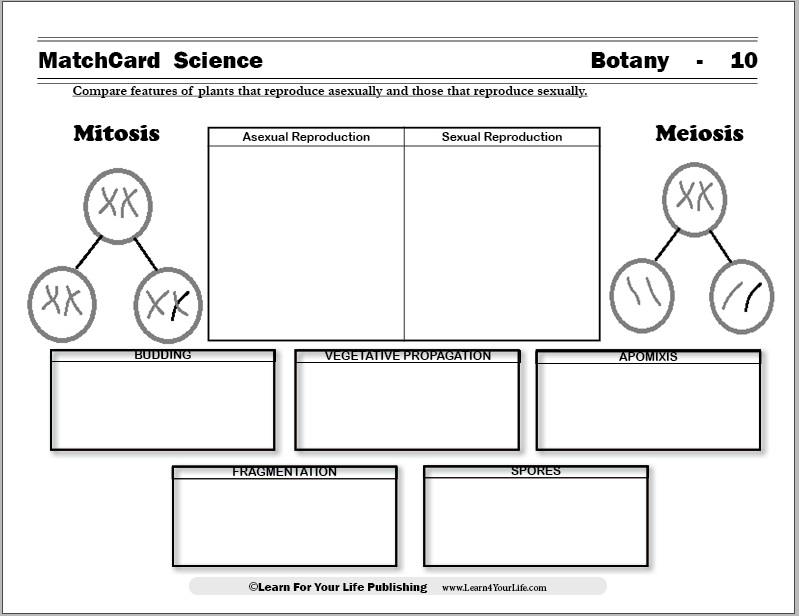
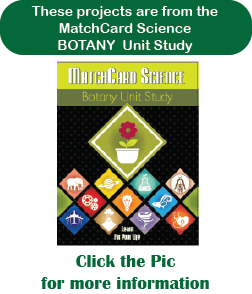
MatchCard Science Plant Reproduction Worksheet
Objectives:- Compare features of plants that reproduce asexually and those that reproduce sexually.
- List five different types of asexual reproduction.
With the MatchCard Information Pieces students will differentiate characteristics of asexual and sexual reproduction and place them in the correct box. They will define and give common examples of the five types of asexual reproduction.
Botany Science Projects: Take the cutting of a strawberry vine or other vine. Put bread out to mold. Watch eyes grow on a potato. Make a poster of spore formation.
Print Asexual Reproduction in Plants MatchCard


This is MatchCard #10 of the Botany Unit Study. Find more information on MatchCard Science below.
Differences between Sexual and Asexual Reproduction
The first objective is more elementary and compares the major features of asexual and sexual reproduction in plants. It includes the fact that asexual reproduction has only one parent. Mitosis and Meiosis are contrasted.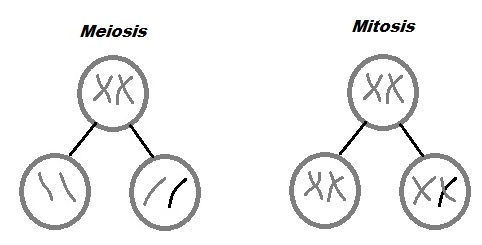
Sexual Reproduction

Sexual reproduction is the most common form of reproduction in plants or animals. It has the following characteristics. https:
Asexual Reproduction
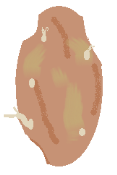
Asexual reproduction is far less common and occurs primarily in plants and uni-cellular animals. The characteristics of asexual reproduction are: https:
5 Types of Asexual Reproduction
This content is more detailed for those students who have already learned the differences between sexual and asexual reproduction.Budding
Budding occurs as new plant grows off the parent plant as a bud.Common Examples: Eyes of potatoes, Yeast buds
We've all seen those unwanted eyes that grow when a potato has stayed in the cool cabinets too long. Actually, those eyes are buds that can produce a new potato plant.
Science Project with Budding: Grow the buds of the potatoes and watch the plant sprout. If you are a gardener, you can experiment to see if the size of buds effect the success of the new plant.
Yeast is also reproduced by budding. You can add warm water to a package of bakers yeast and watch the changes. This is more effective if you have access to a microscope to watch the process of budding over several hours.
Vegetative Propagation
Plantlets form on the leaves, roots, or stems of the parent plant to form a new plant through vegetative propagation.You have seen this process when someone takes a cutting of a plant and keeps it moist to allow cellular division at the end. Vines are particularly useful for vegetative propagation, though leafy many plants will successfully reproduce this way if treated correctly.
Botany Projects: Try growing a strawberry plant from the cuttings of a strawberry vine. Sugarcane stems can also be cut for vegetative propagation.
Apomixis
A new plant grows from an unfertilized seed.This only occurs with specific species of plants and in particular conditions.
Ferns are an example of plants that reproduce with apomixis.
Fragmentation
Fragmentation is a less common form of asexual reproduction. It occurs when a new organism forms from a fragment of the parent plant.Lichens are a plant form that reproduce through fragmentation. Another example is starfish. While starfish are not a plant, their capacity to produce a new organism from a fragment of the parent is fairly well known.
Spores
Spores are extremely interesting reproductive organisms, similiar to seeds except they develop asexually with only one parent. They allow a plant to reproduce in less than ideal conditions.Spores are developed through several steps of cell division including meiosis (creates new cells with half the number of chromosomes) and mitosis (new cells with the complete number of chromosomes).
Mold and algae provide good examples of spore formation.
Botany Projects: https:
Science Experiment with Bread Mold
What conditions cause bread to mold faster or slower? We can conduct a science experiement to find out.Hypothesis: Environmental conditions can increase or decrease the rate of growth of mold on bread. Actually, a better hypothesis would be to state a specific environmental condition. For instance, a moist environment increases the rate of growth of mold. Here's another hypothesis: Preservatives decrease the rate of growth of bread mold.
Here are some possibile variables you might want to experiment with: https:
From your experimental results can you make suggestions for how bread should be stored?

Former Edition
Note: In the last edition of MatchCard Science,this MatchCard was #9 in the Botany Unit Study.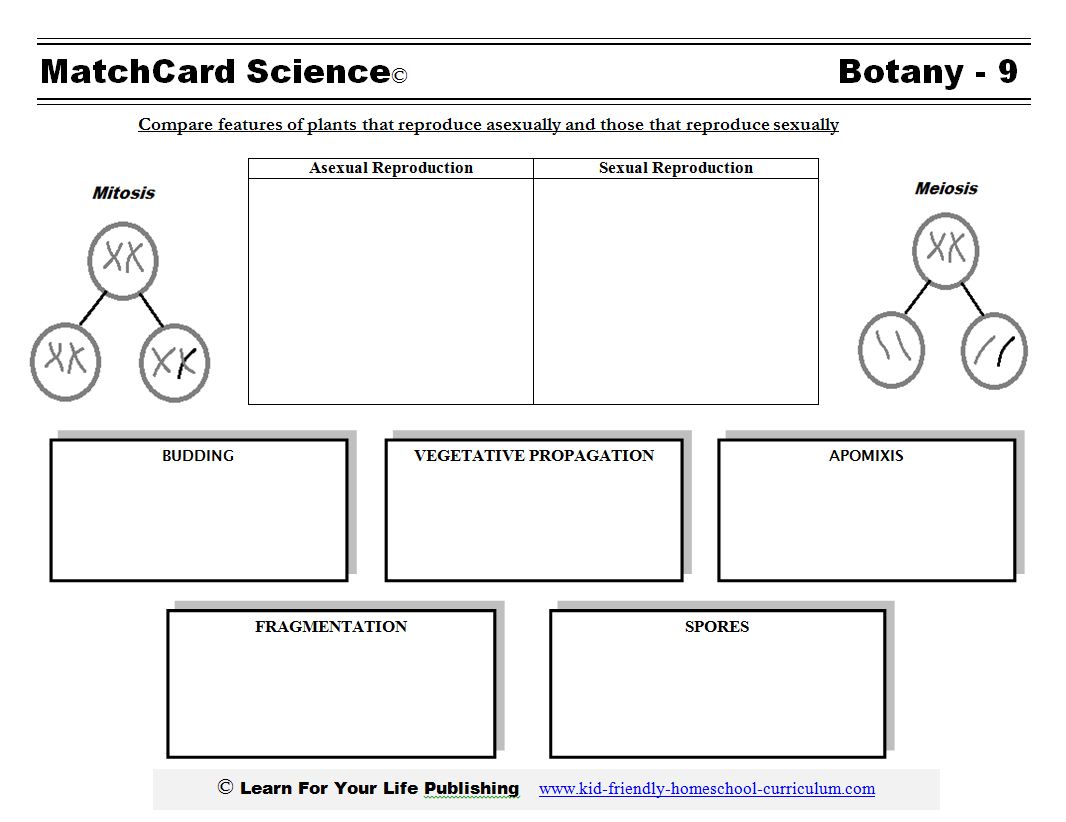
MatchCard Science
How To Use MatchCards

Download the FREE MatchCard Science Instructor's Guide and see how MatchCards can make building their science knowledge base fun.
Botany Unit Study
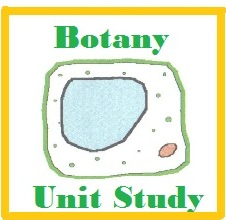
Check out our entire Botany Unit Study with 11 objectives.
12 Science Unit Studies

Chemistry is only one of twelve complete unit studies for kids in 3rd to 8th grade.
Comprehensive objectives, hands-on projects, suggested science fair experiments, and the fun game-like MatchCards keep them interested in learning science. See all twelve MatchCard Science Unit Studies.
About Our Site
Hands-On Learning













